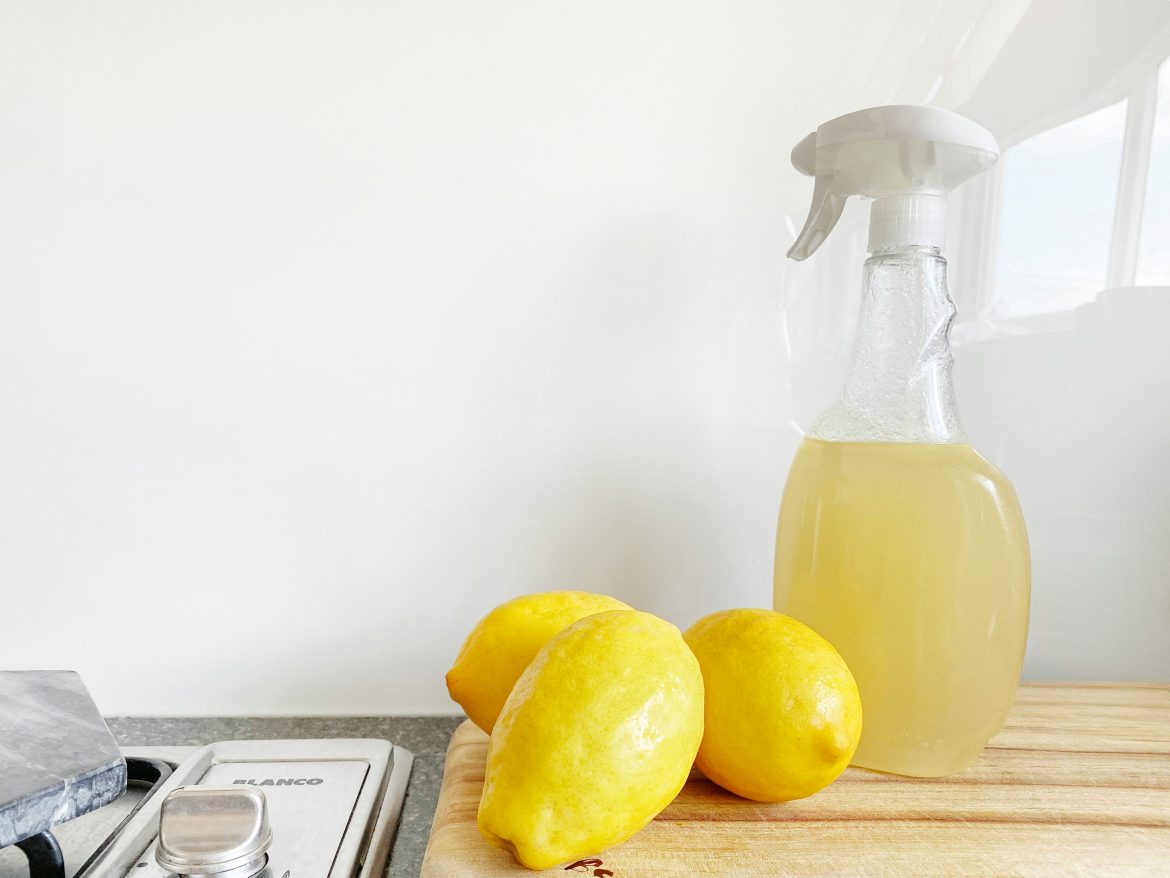Mould growth on silicone sealant is a common household problem that can look bad, smell weird, and potentially be harmful to your health. Here are some effective methods to remove mould from silicone and prevent its recurrence at home.
Silicone sealant, commonly used around bathtubs, showers, and kitchen fixtures, can turn black over time due to mould growth. This occurs when the silicone is exposed to damp conditions and soap deposits, creating an ideal environment for mould to thrive.
ALSO SEE: Mouldy houseplants? Here’s how to fix it
The frequency of use, cleaning habits, and ventilation in the area all play a role in how quickly mould develops. There are several methods to tackle mould on silicone, from simple home remedies to more intensive treatments:
Vinegar to the rescue, as always
One effective home solution involves creating a paste using one cup of white vinegar and two to three teaspoons of baking soda.
Apply this mixture generously over the mouldy areas and let it sit for about five minutes. Then, gently scrub the paste using a soft-bristled brush, such as an old toothbrush, being careful not to damage the delicate silicone. Rinse the area thoroughly with cold water using a clean sponge.
Undiluted bleach works, too
Another potent method for getting rid of mould on silicone involves using undiluted bleach.
Apply thick bleach directly to the affected silicone and cover it with toilet paper to keep the bleach in contact with the mould. Leave this application for 12 to 24 hours, and make sure that children and pets are kept away from the area.
This method can be surprisingly effective, even on long-standing mould stains. However, it’s important to test this method on an inconspicuous area first to ensure it won’t damage your fixtures or surrounding surfaces.
How to treat silicone after removing mould
After any cleaning method, it’s advisable that you treat the area with a bleach solution to kill any remaining mould spores. Mix one part bleach with four parts water, spray it liberally over the sealant, and allow it to evaporate naturally. Afterward, rinse the area again with cool water and dry thoroughly with a clean microfibre cloth or towel.
ALSO SEE: The 101 on washcloths: Why and how often do they need to be changed?
Is it time to replace the silicone sealant in your home instead?
If these methods prove ineffective or if the silicone sealant is damaged, removal and replacement of the silicone may be your only option.
This is a more involved process that requires carefully scraping out the old silicone, thoroughly cleaning the area, and applying new sealant. While this can be a DIY project, it requires patience and precision to achieve a good result.
How to prevent mould from growing on silicone sealant in your home
Prevention is key to maintaining mould-free silicone sealant. Here are some top tips to test out:
- After each use of the bathroom or kitchen, wipe down the silicone to remove moisture and soap residues.
- Improve ventilation by using extractor fans, opening windows, or using dehumidifiers to reduce moisture levels.
- Regular cleaning and maintenance of bathroom fixtures, including towels and shower curtains, can also help prevent mould growth.
- When applying new silicone sealant, consider using mould-resistant varieties for added protection.
ALSO SEE:
Local NPO urges mindful donations after receiving mouldy, bug-ridden clothes
Feature Image: Unsplash

